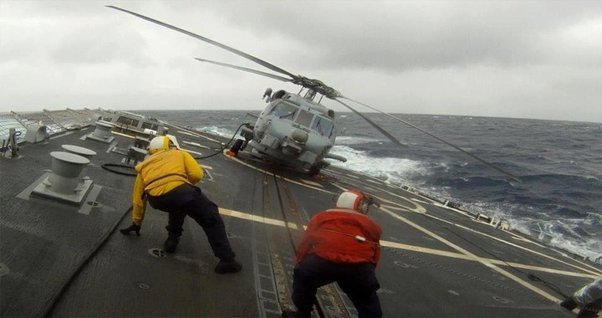Why is it difficult to stand below an aerocopter
It is dangerous to stand below an aerocopter or any airborne vehicle because of the following reasons:
Risk of falling objects: Aerocopters or helicopters have spinning rotor blades on top that generate a downward force, allowing them to stay airborne. These rotor blades can create strong air turbulence that can cause loose items or debris to be lifted and fall from the aircraft. Standing below an aerocopter increases the risk of being hit by falling objects, potentially causing severe injury or even death.
Rotor wash effect: The downward force created by the rotor blades generates a strong gust of wind known as the rotor wash. This wind can be powerful enough to blow away loose objects or cause instability, making it challenging for individuals to maintain their balance and stay upright. It can also stir up dust and debris, further reducing visibility and potentially causing harm to bystanders.
Accidental helicopter movement: Helicopters are highly maneuverable and responsive to flight controls. In certain situations, such as strong wind gusts, sudden changes in weight distribution, or mechanical failures, helicopters may experience unanticipated movements. Standing beneath them puts individuals at risk of being struck by a moving rotor blade or the helicopter itself.
Engine failure: Although rare, if an aerocopter experiences engine failure or malfunctions in mid-air, it can lose control and crash. Standing underneath increases the risk of being directly impacted by the aircraft during an emergency descent or crash landing.
Noise and vibrations: Aerocopters produce considerable noise and vibrations due to their powerful engines and rotor systems. Prolonged exposure to such noise and vibration can lead to hearing damage, disorientation, and other health issues.
To ensure personal safety, it is crucial to maintain a safe distance from any operating aerocopter and follow the instructions and guidelines provided by aviation authorities or professionals.
